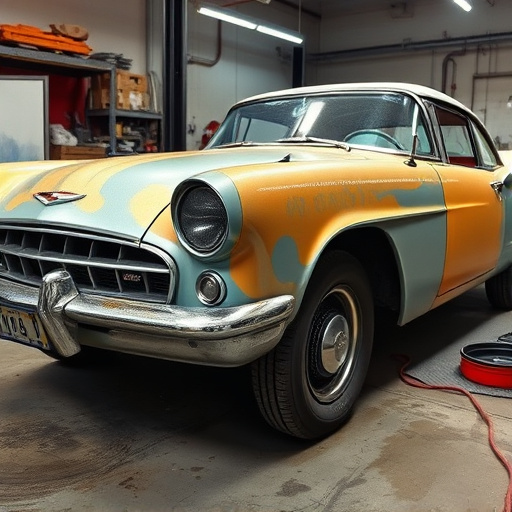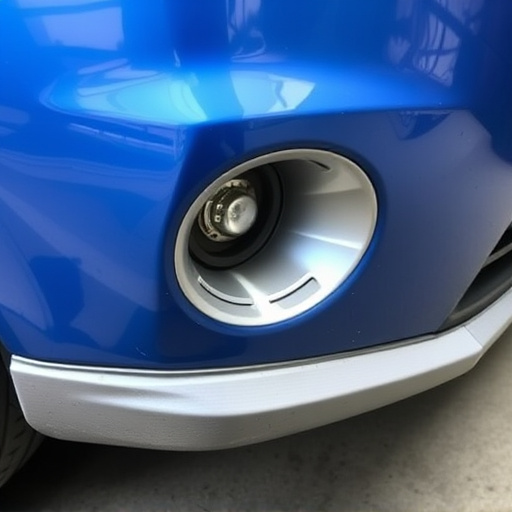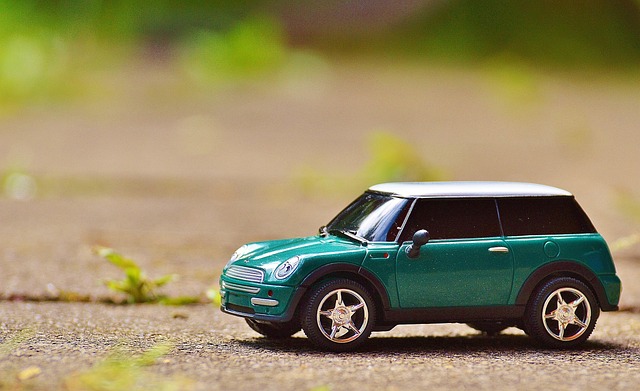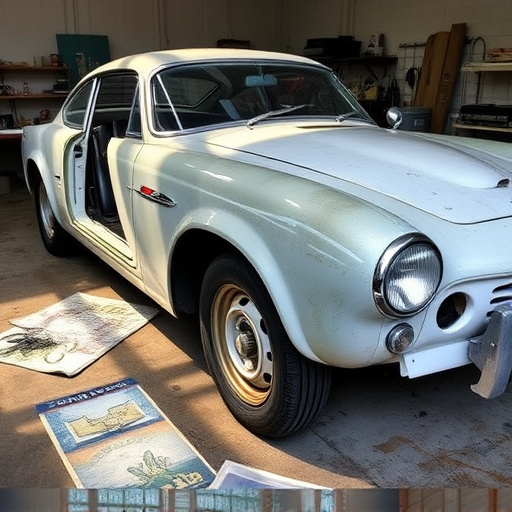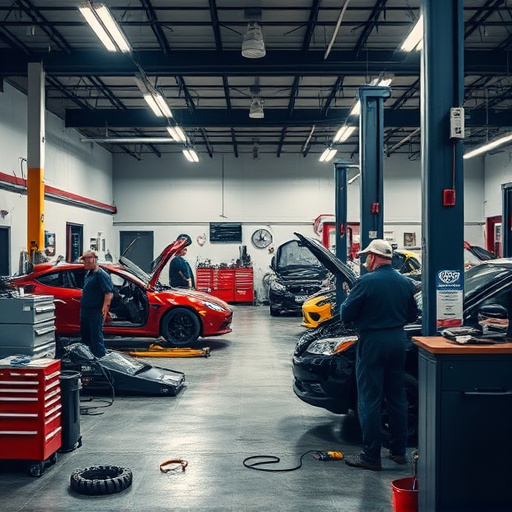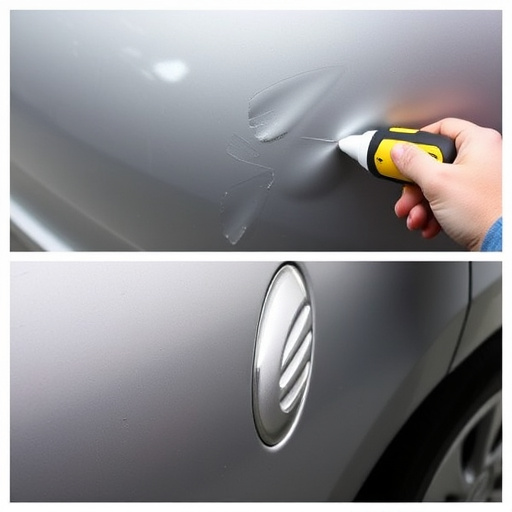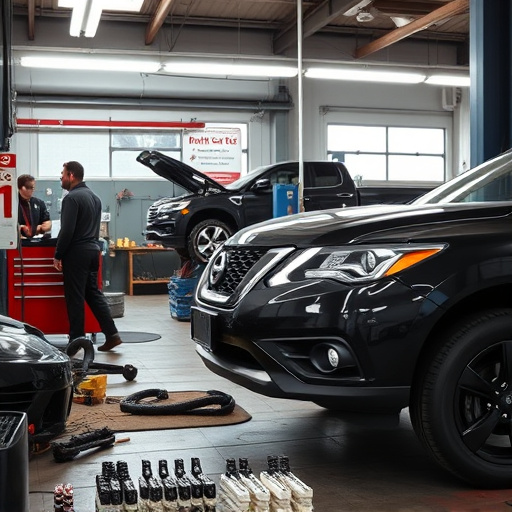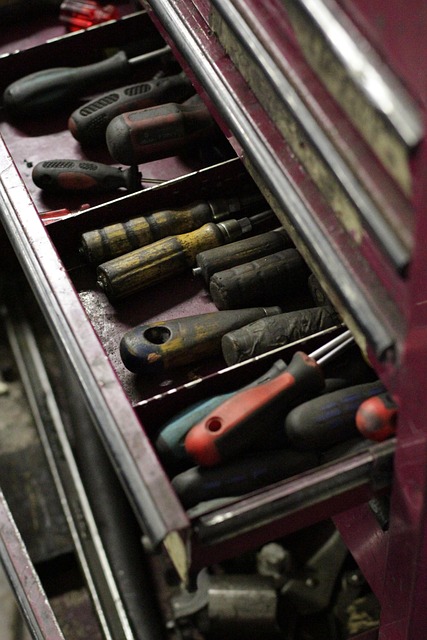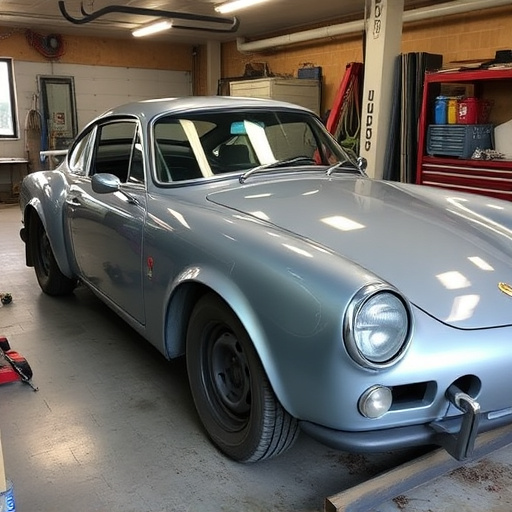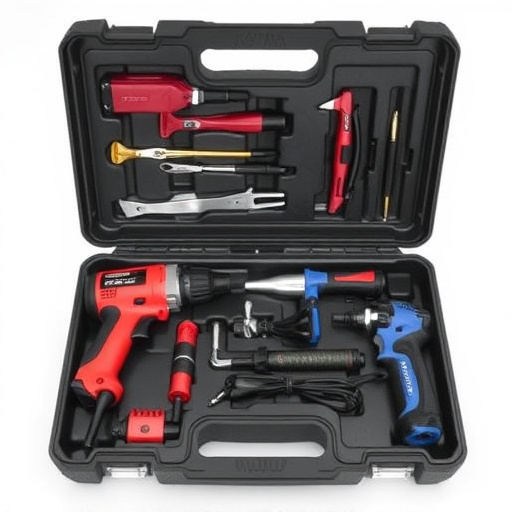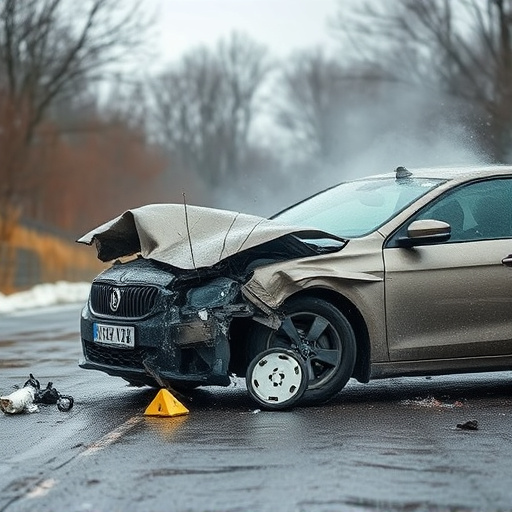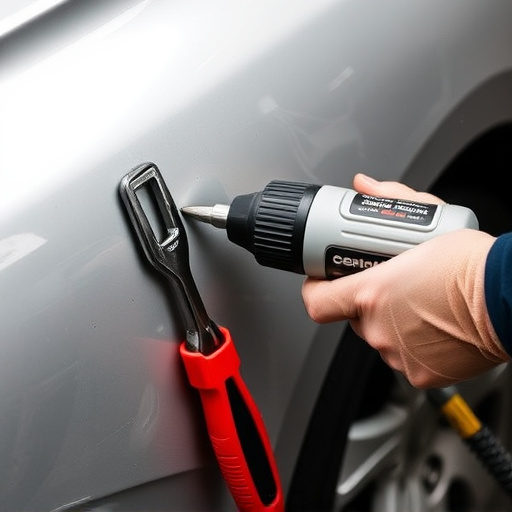Seat repair collision damage services require meticulous attention to detail. Technicians inspect and disassemble seats, using advanced tools like hydraulic presses and 3D scanners for precise measurements. They select OEM-compliant materials, employ techniques like paintless dent repair, and maintain clean workspaces to restore seats to pre-collision condition, ensuring customer satisfaction.
In the realm of automotive collision repair, technicians play a pivotal role in restoring vehicles to their pre-accident condition. The process of seat repair collision damage is a meticulous art that requires a deep understanding and a keen eye for detail. This article delves into the intricate steps, cutting-edge tools, and advanced techniques used by skilled professionals to ensure every seat is restored to its original state, prioritizing quality and safety standards in every repair.
- Understanding Seat Repair Process Overview
- Tools and Techniques Used for Collision Damage Restoration
- Ensuring Quality and Safety Standards in Seat Repairs
Understanding Seat Repair Process Overview
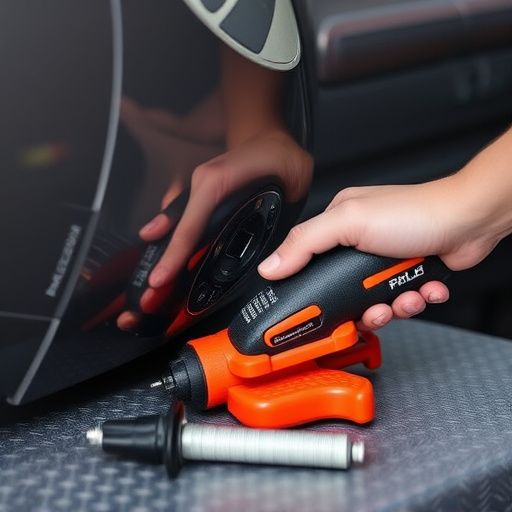
The seat repair process is a meticulous art within the realm of collision damage services. Technicians begin by thoroughly inspecting the damaged seats, identifying the extent of the harm caused by various incidents like accidents or hailstorms (hail damage repair). This initial step involves a keen eye for detail as even minor cracks or dislodged components require precise attention.
Once the assessment is complete, the technician selects the appropriate replacement parts, ensuring they match the original specifications (car body repair). The process then involves demounting the damaged seat, carefully removing all components, and preparing the frame for reconstruction. This meticulous disassembly and reassembly process guarantees that every element of the seat is restored to its optimal condition, providing vehicle owners with top-notch vehicle repair services.
Tools and Techniques Used for Collision Damage Restoration
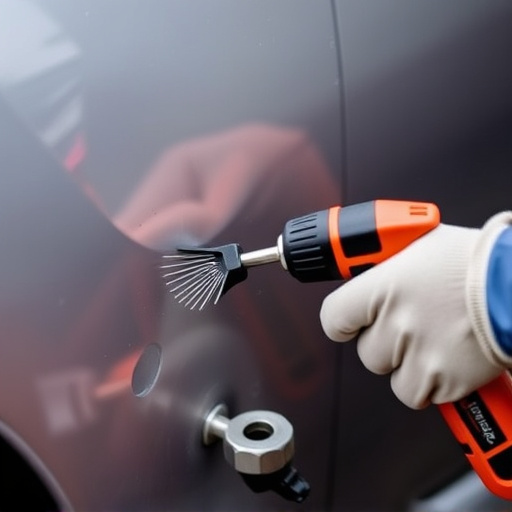
In the realm of seat repair collision damage services, technicians employ a diverse array of tools and techniques to restore vehicles to their pre-accident condition. At a reputable car repair shop or collision repair shop, professionals utilize specialized equipment like hydraulic presses, precision cutting tools, and advanced welding machines to accurately fix bent or damaged frame components. These state-of-the-art tools enable them to navigate the intricate labyrinth of car restoration, ensuring every part is meticulously restored or replaced as needed.
Moreover, modern collision repair shops integrate digital imaging and 3D scanning technologies into their workflow. This innovative approach facilitates precise measurements and detailed assessments, allowing technicians to develop tailored repair plans. Through these advanced techniques, a skilled team can effectively address complex issues related to seat repair collision damage, ultimately enhancing vehicle safety and aesthetics in the car restoration process.
Ensuring Quality and Safety Standards in Seat Repairs
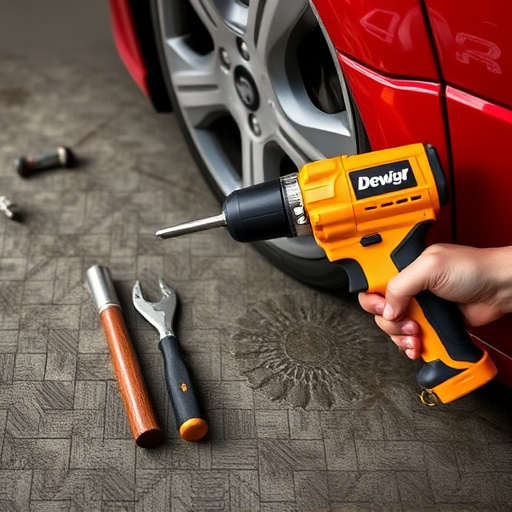
When performing seat repair collision damage services, technicians must adhere to stringent quality and safety standards. This involves meticulously evaluating the extent of the damage, using specialized tools for accurate measurements, and selecting appropriate materials that match the original car manufacturer’s specifications. Every component, from the fabric to the framework, is scrutinized to ensure it meets the highest standards of safety and comfort.
Technicians employ advanced techniques like paintless dent repair for cosmetic damages, preserving the vehicle’s original finish. For more complex car body repair, they utilize state-of-the-art equipment and follow strict protocols to ensure the structural integrity of the seat. Maintaining a clean, organized workspace is paramount, as it facilitates precise work and minimizes the risk of further damage or contamination during the repair process. This commitment to quality not only restores the seat to its pre-collision condition but also guarantees the safety and satisfaction of every customer receiving these car repair services.
The intricate process of seat repair collision damage involves a meticulous blend of technical expertise and safety consciousness. By understanding the latest tools and techniques, technicians can ensure that every component is restored to its pre-accident condition. Maintaining strict quality and safety standards not only guarantees customer satisfaction but also ensures the structural integrity of vehicles post-repair. Embracing continuous learning and adherence to industry best practices among technicians fosters a culture of excellence in the seat repair collision damage services sector.
